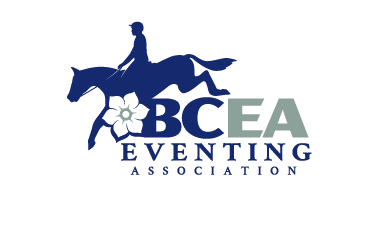EVENTING 101
The Basics
Eventing is a fun sport for any level of horse and rider combination. With three different phases it can offer an interesting challenge to all competitors.
What is Eventing?
Eventing, also known as Horse Trials or Combined Training, is an exciting sport in which horse and rider must safely and successfully complete three different phases of competition. These phases are Dressage, Cross Country Jumping and Stadium Jumping. Eventing in this respect is similar to a Triathlon but usually takes place over 2 or 3 days.
There are several different levels of competition: Starter, Pre-Entry, Entry, Pre-Training, Training, Preliminary, Intermediate and Advanced. These levels build upon one another in difficulty, size of jumps and skills required by both horse and rider.
Why Should I Try Eventing?
Eventing is a fun sport for any level of horse and rider combination. With three different phases it can offer an interesting challenge to all competitors.
If you are thinking of Eventing, ask your coach or contact Eventing BC at the numbers provided and a list of certified coaches can be provided.
Safety is very important to Eventing so make sure all your safety gear is worn when appropriate.
During the first phase of completion, the horse and rider must complete a dressage test. These tests are made up of a series of movements to be completed in the correct order with accuracy and fluidity. The dressage test shows the judge the teamwork of the horse and rider as well as the submission, impulsion and suppleness of the horse. The goal is to make each movement look effortless, like a well performed dance. In Eventing a low score or percent is what all riders aim for – differing from standard dressage where a higher percent is better.
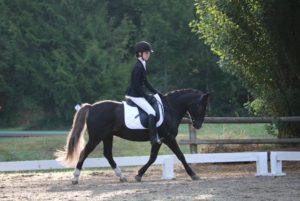
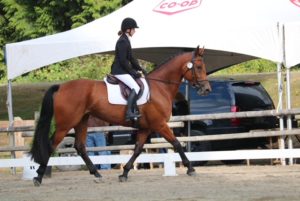
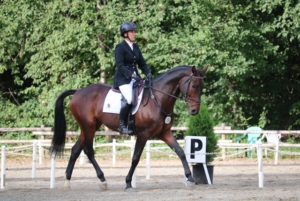

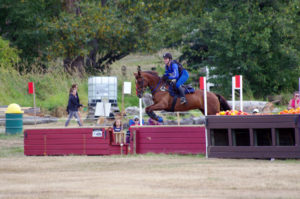
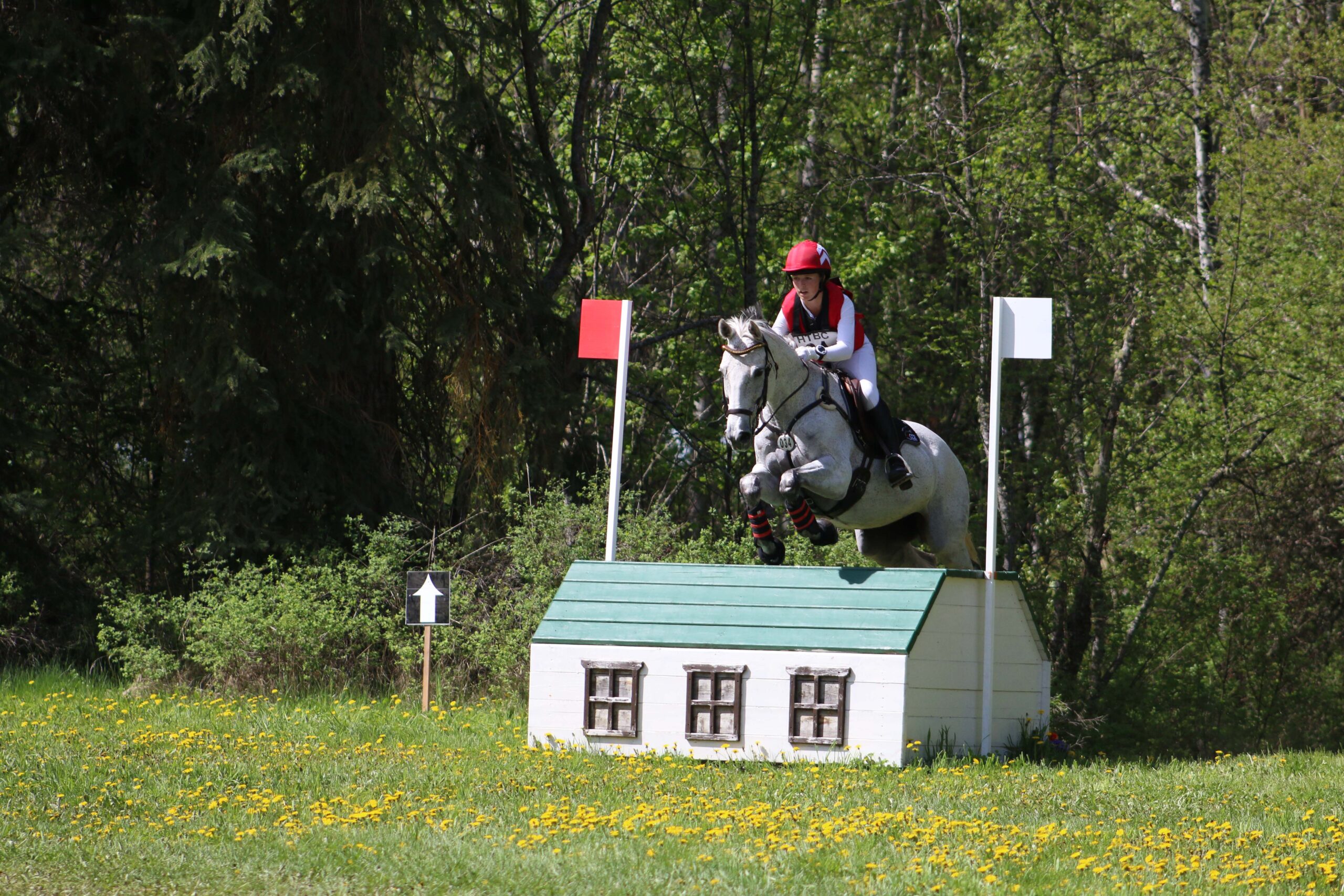
The final phase of competition is the Stadium Jumping. During this phase the horse and rider must combine the skill of Dressage with the trust and willingness of Cross Country in order to be obedient and cleanly jump a set course of Stadium fences. Unlike the natural looking Cross Country fences, Stadium fences are usually bright and colourful, and, if hit, the rails will come rolling out of their cups costing the horse and rider some jumping faults. This course must be completed within the time allowed or further time faults will be added.
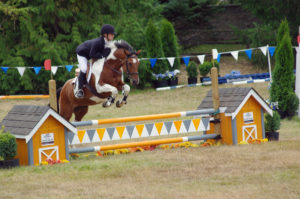
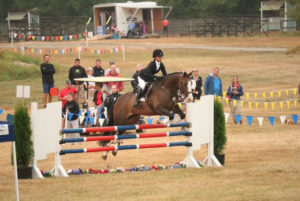
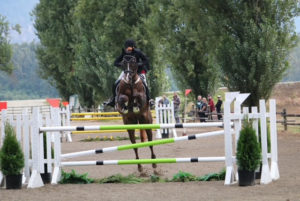
All scores in Eventing represent penalty or bad points (as in standard Stadium Jumping) rather than good marks (as in standard Dressage). Therefore, at the end of the event, the horse and rider with the least amount of penalty points leads the division – Less is more!
HOW TO READ THE SCOREBOARD:
Remember in eventing the lowest score wins!
W: Withdrew (occurs between phases)
R: Retired (occurs during a phase)
E: Eliminated (for multiple disobediences)
TE: Technically Eliminated (missing a jump, inappropriate saddlery/dress, etc)
RF: Rider Fall
MR: Mandatory Retirement (Horse fall)
X: Didn’t pass veterinary inspection
DQ: Disqualified
DR: Dangerous Riding (25 penalties or elimination)
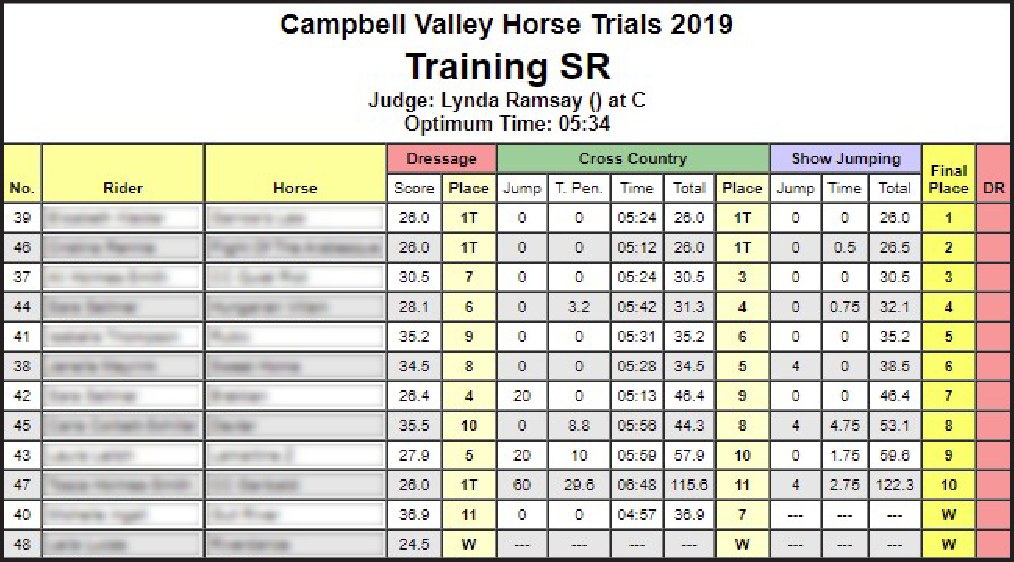
Rules & Regulations
Local Division Guidelines
Under Equestrian Canada rules, organizers may hold one or more divisions under EC Bronze sanctioning as “Local Divisions” provided that the specifications for these divisions do not exceed that of the “Entry” division.
For BC, these local divisions are Pre-Entry and Starter.
The aim of the Pre-Entry and Starter levels is to make introductory eventing simple, encouraging, and enjoyable for both horse and rider.
Equestrian Canada
Rules & Regulations
EC Eventing Rules and Regulations cover sanctioned Horse Trials from Entry through Advanced divisions. Every competitor should be familiar with the rules of their sport and know how to look up information for themselves.
Two Sections of the Rule Book pertain to Eventing:
Section A: General Regulations
www.equestrian.ca/programs-services/rules
Section D: Eventing
www.equestrian.ca/programs-services/rules
FEI Rules & Regulations
FEI Eventing Rules and Regulations cover international eventing competitions from CCI* through CCI5* both Long and Short formats.
Link to FEI Eventing rules:
inside.fei.org/fei/disc/eventing/rules
Link to FEI Eventing Ranking rules:
More information on the latest rule changes and amendments can be found on the Safety & Rules page
Why Choose Eventing?
- Eventing is a super fun sport, where you can test your skills in dressage, stadium jumping, and cross country (in an open field or through trees). It originated as a test for cavalry; testing precision, endurance, and rideability!
- Eventing is a very inclusive sport where riders of any sex and all ages ride together. Any horse breed is eligible. The divisions entered, depend on the skill level of the horse/rider team.
- Camaraderie is one of our biggest bragging points! Since most events are at least 2 days long, riders and their families come from all around the province, and camp to enjoy the weekend together. We become an eventing family, where we support each other throughout the 3 phases of competition!
- Specific times are allocated for Dressage and Cross Country so you can plan ahead easily for the weekend. The Stadium Jumping phase may also have a specific time window, which is usually, but not always the last phase to complete.
What you’ll need!
Eventing is a super fun sport for any level of horse and rider combination. From Starter (2’3″ and up) with three different phases, it can offer an interesting challenge to all competitors. If you are thinking of Eventing, ask your coach or contact BCEA for more information. We are happy to point you in the right direction!!
Here are some things you’ll need to get started:
- A sound horse of any size or breed to start – preferably brave, and rideable for you in an open field and when jumping.
- An eventing coach familiar with eventing rules.
- Safety gear – check the current rules on the Equestrian Canada website or BCEA website, for Eventing, to make sure that you get suitable equipment for both you and your horse, that you can use in competition. Along with your helmet and boots, the most important piece of safety equipment is your XC Safety Vest.
Safety is very important to Eventing, so make sure you have all your safety gear!
